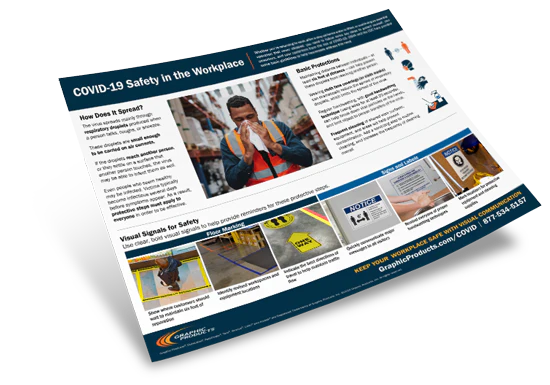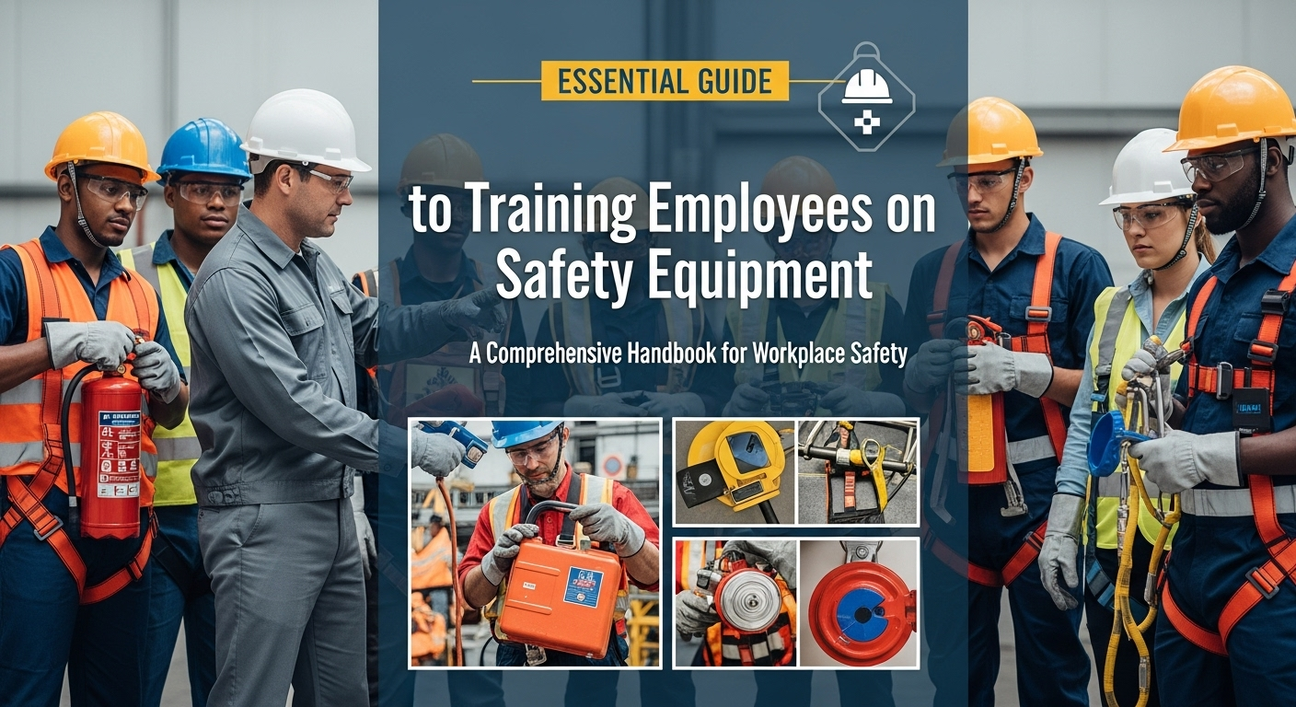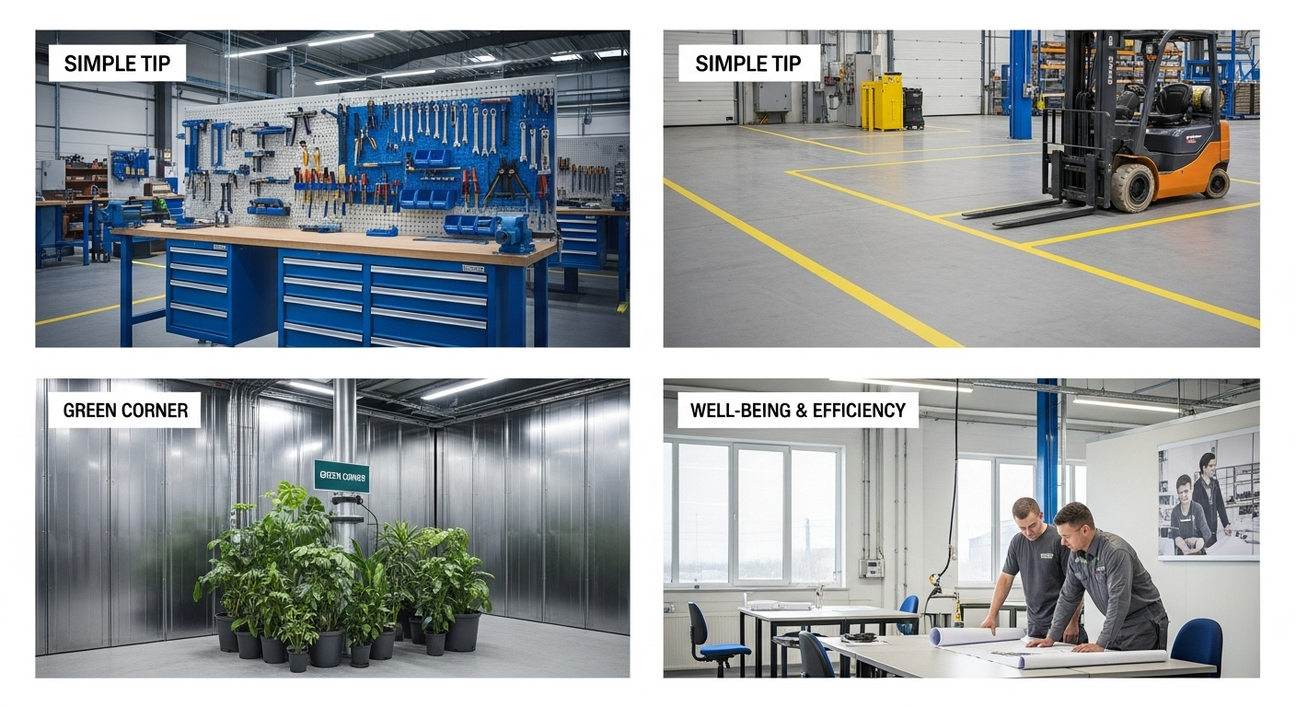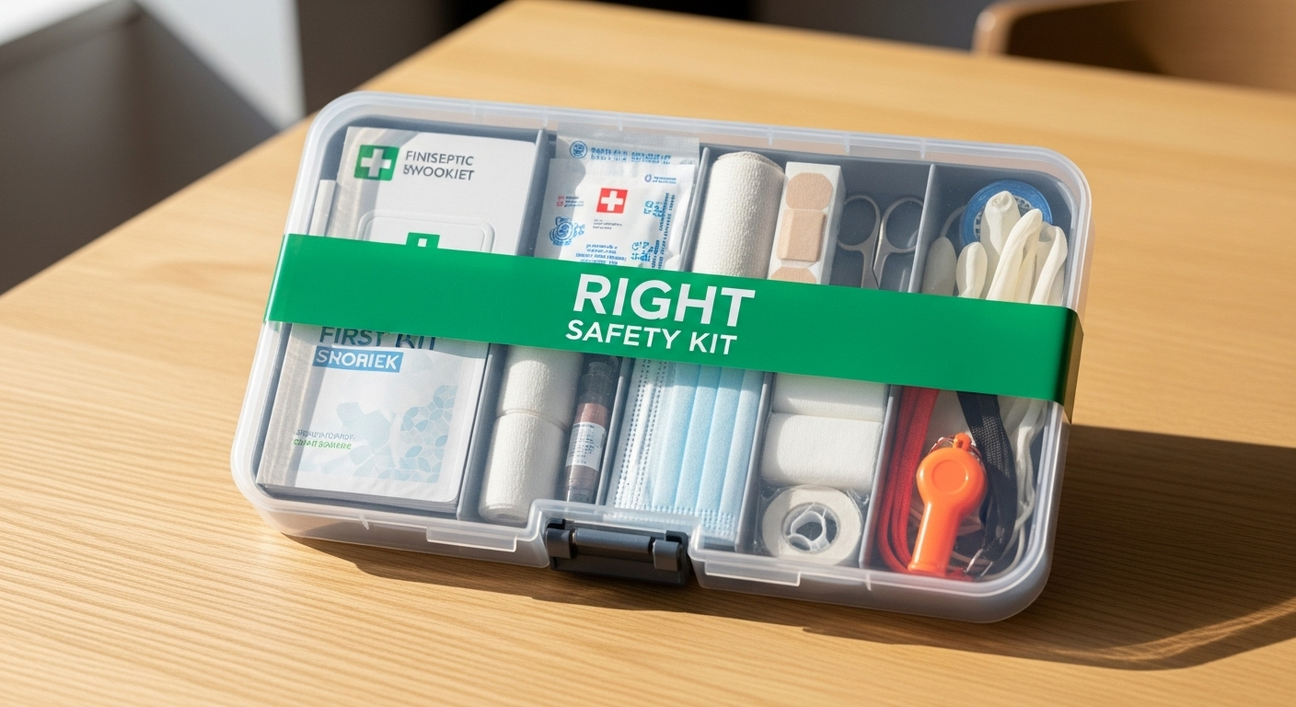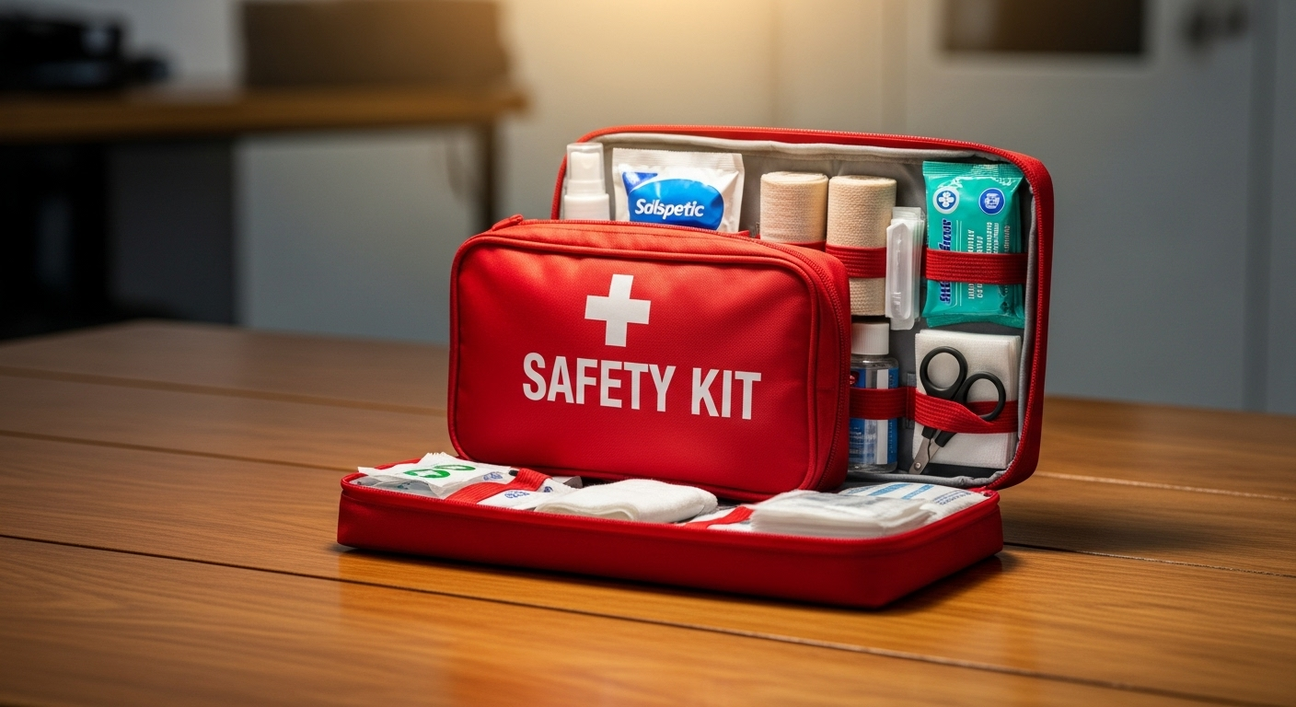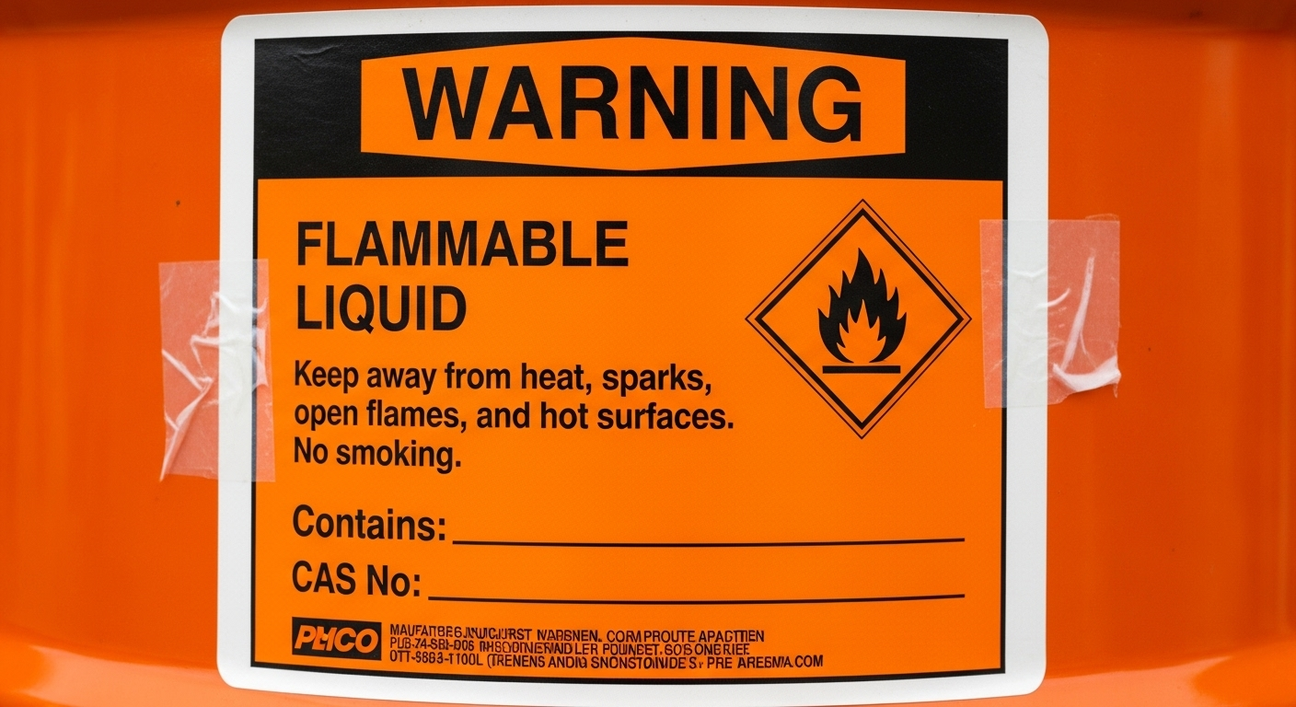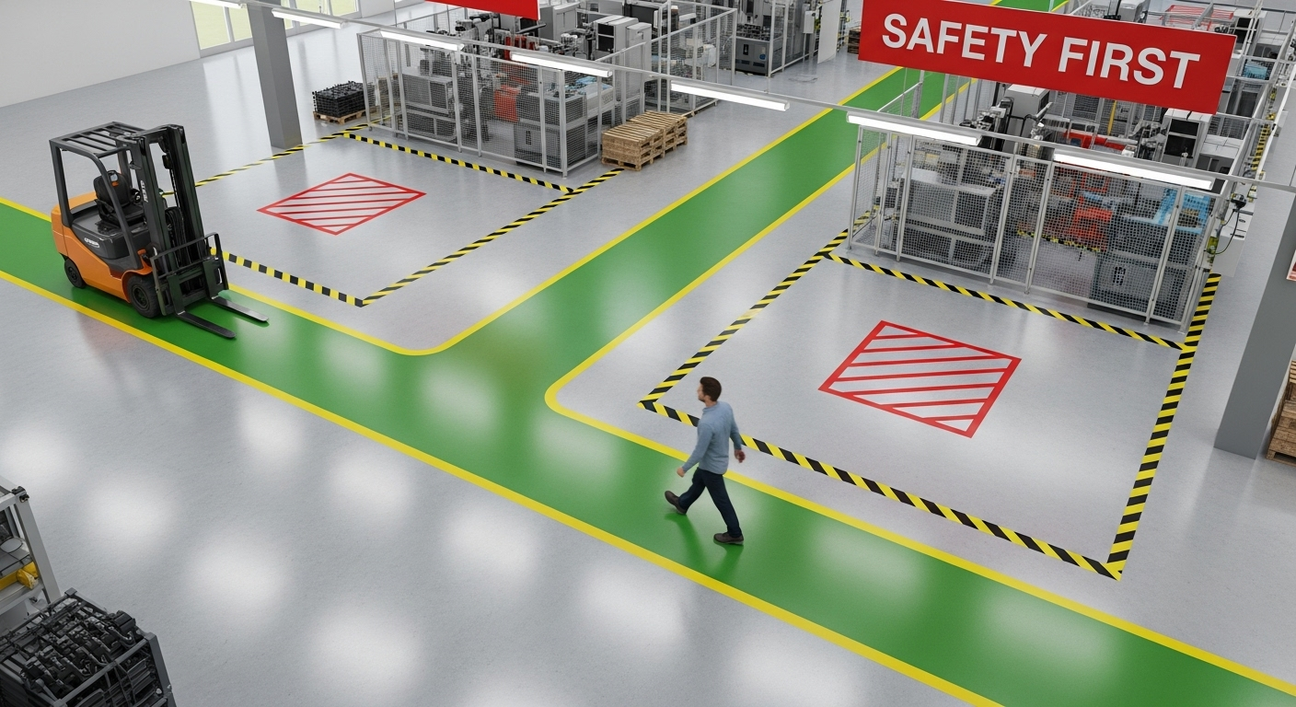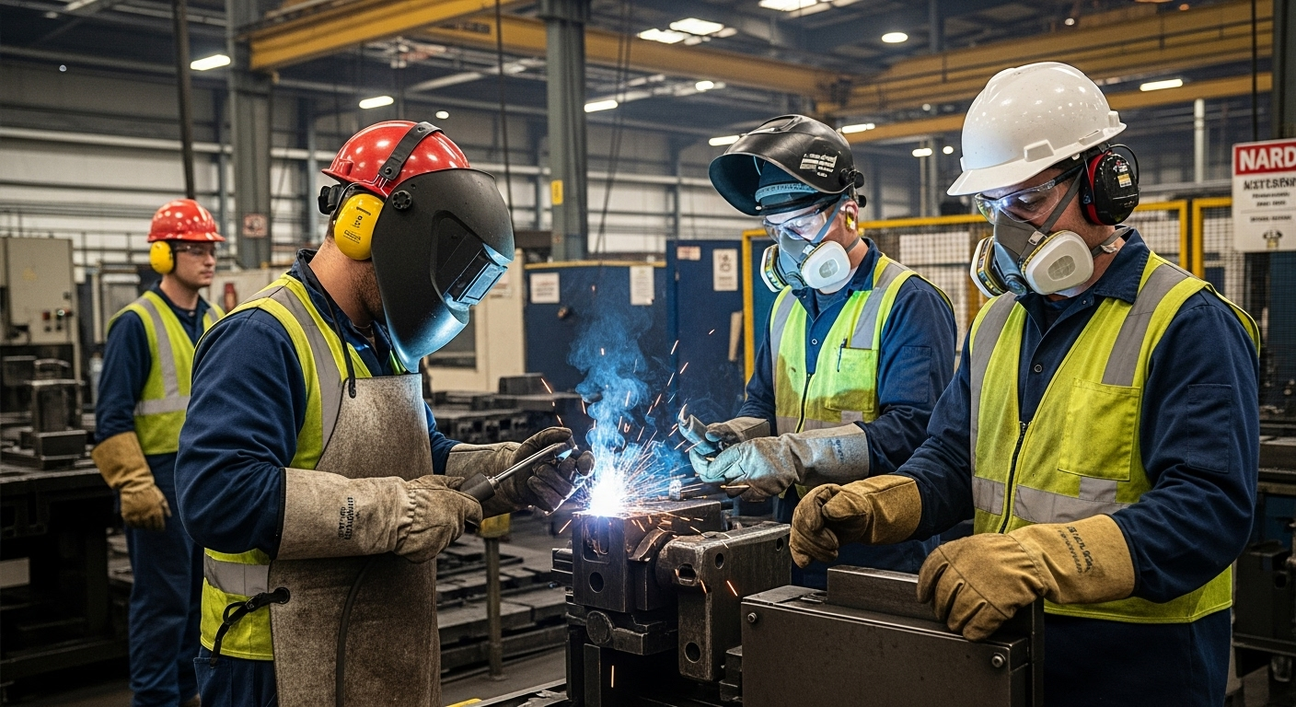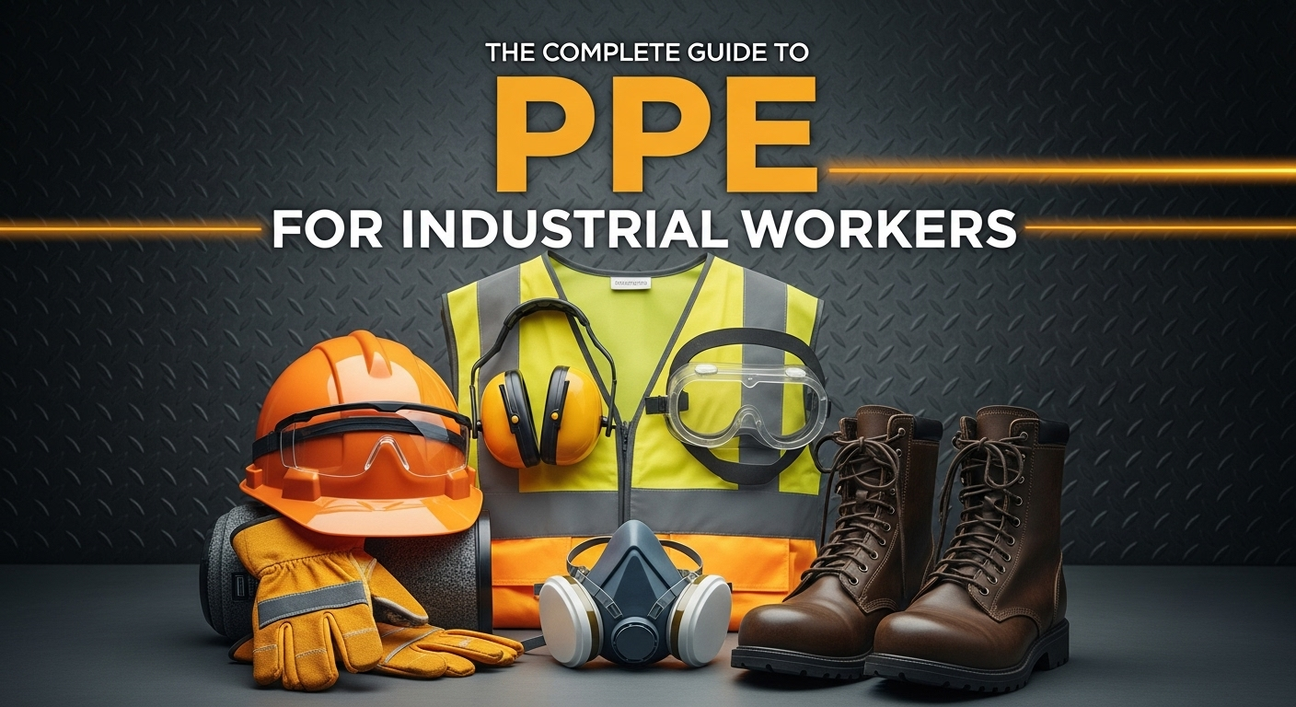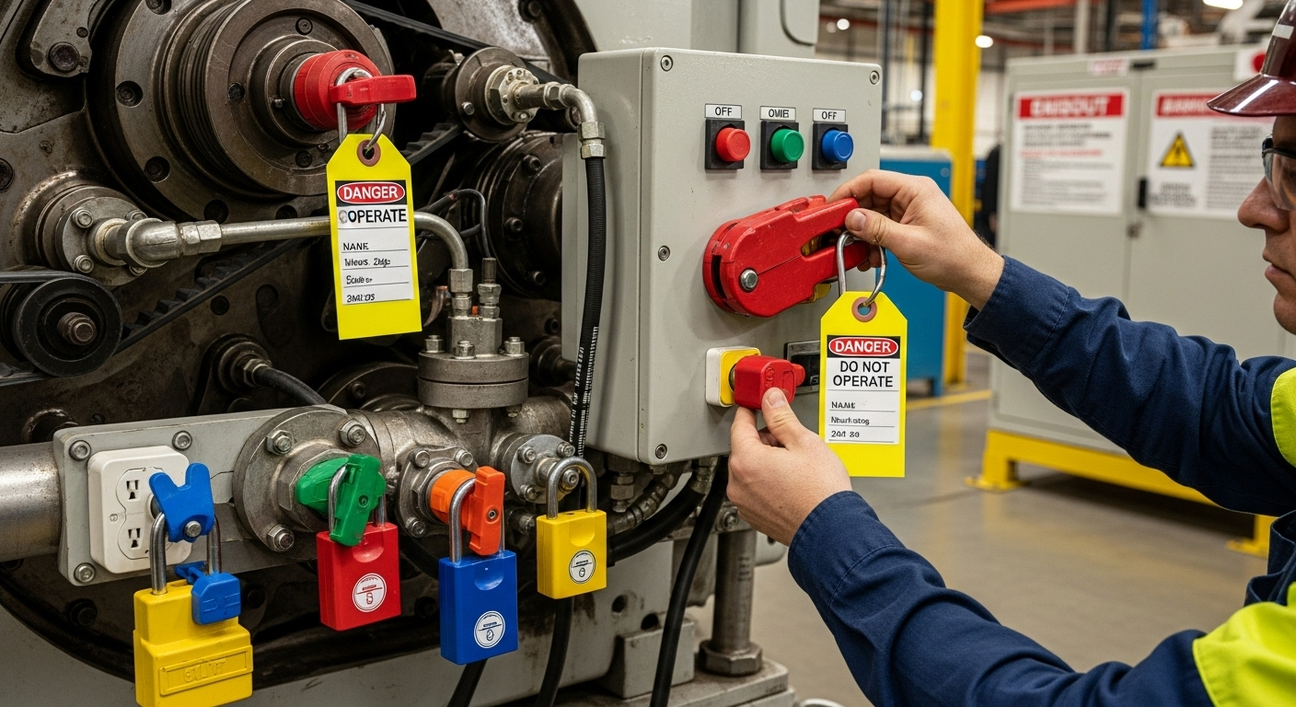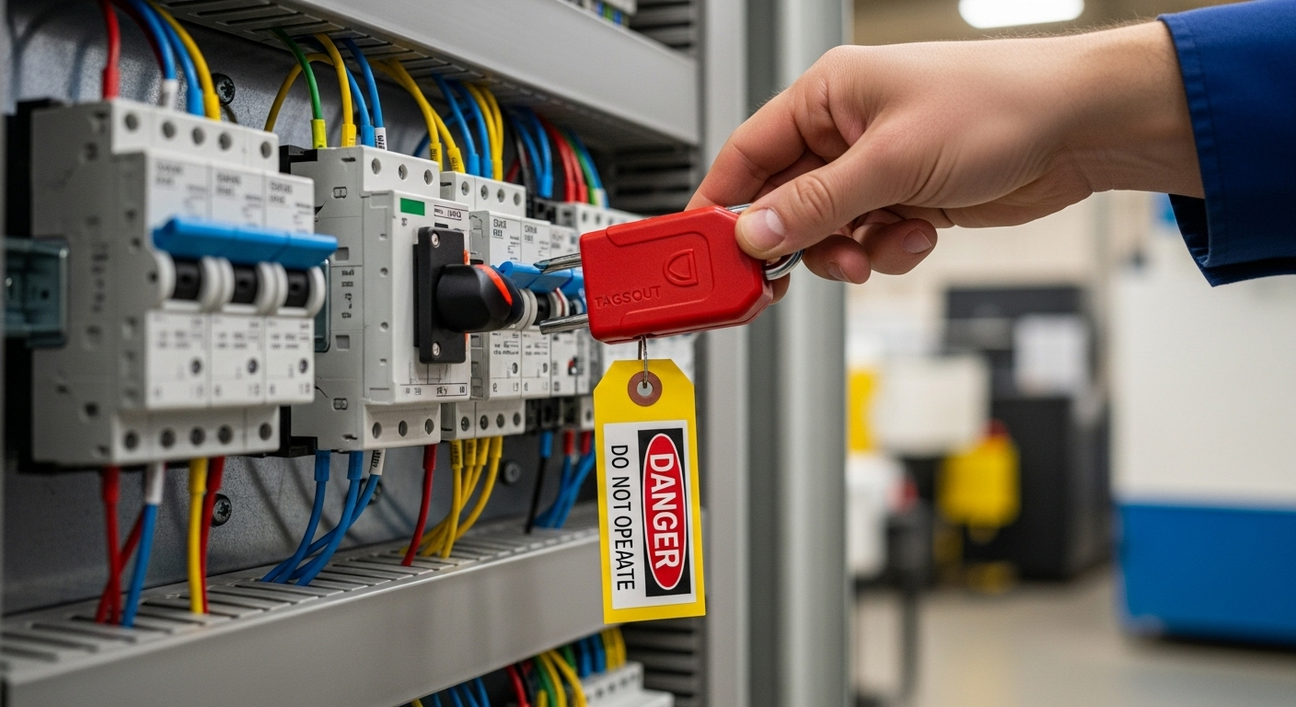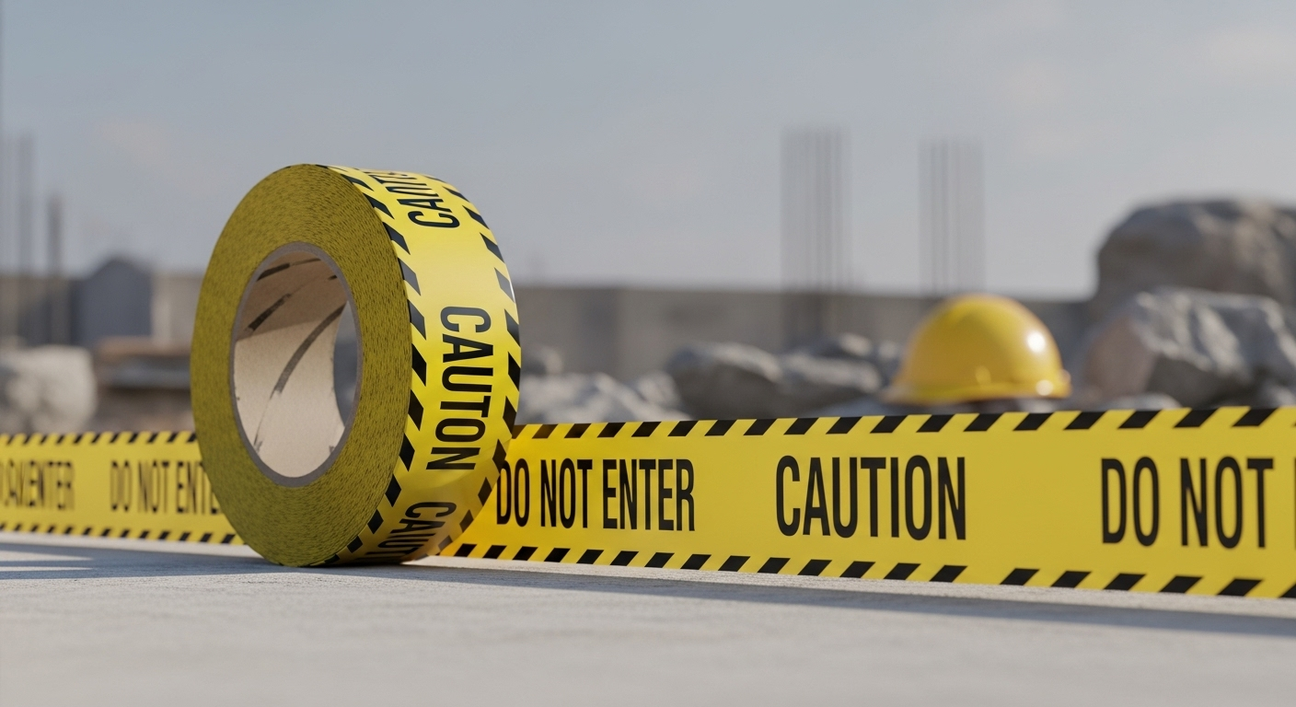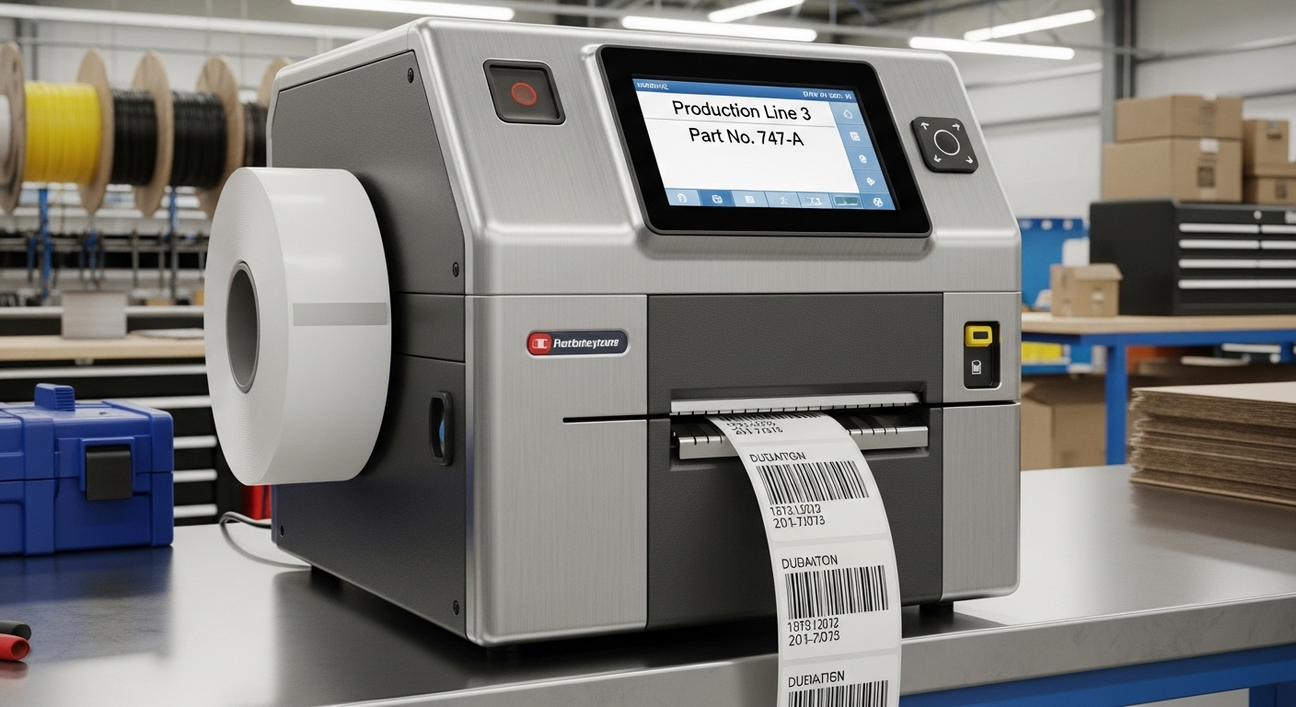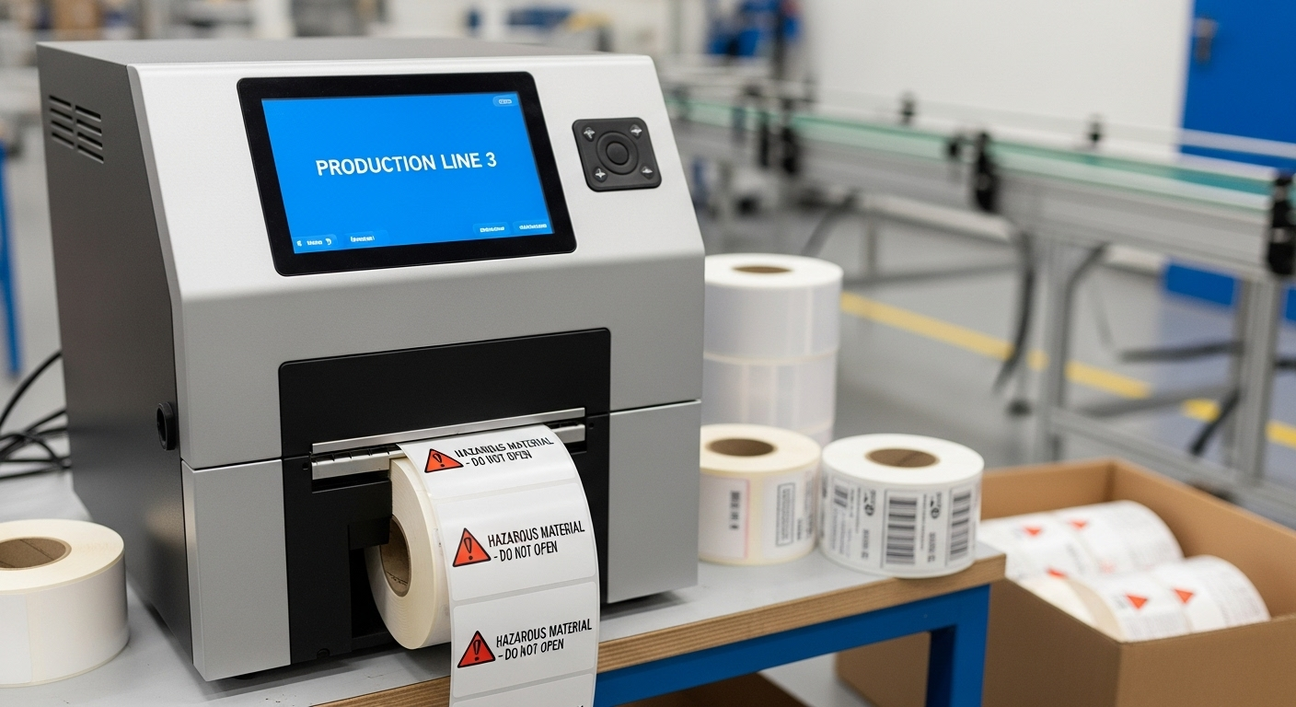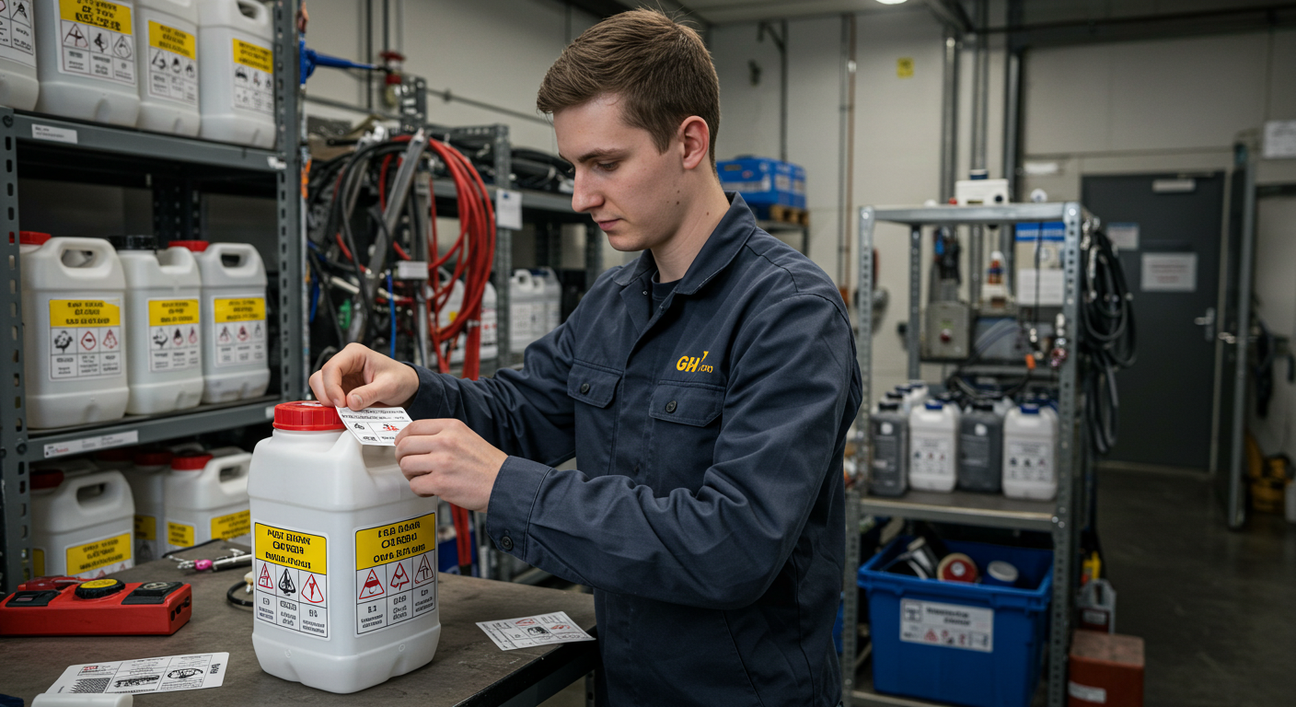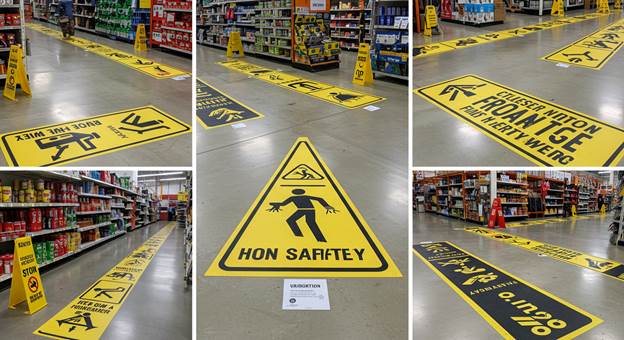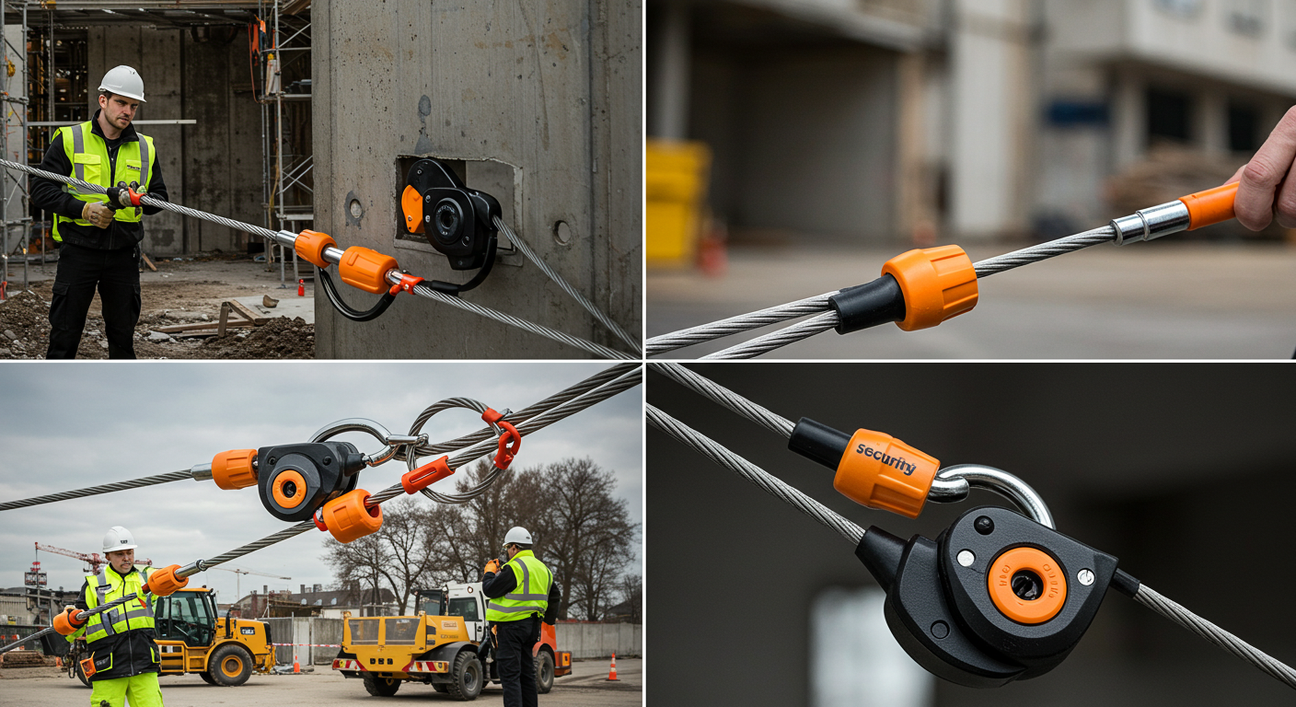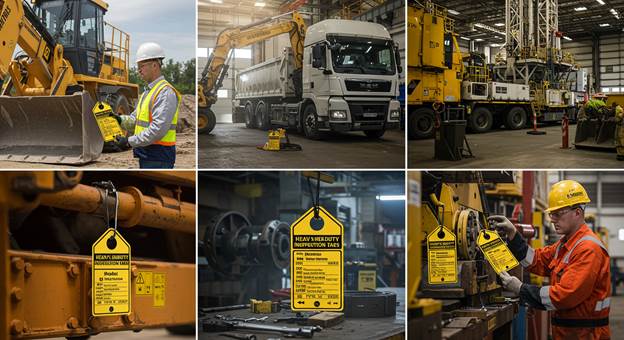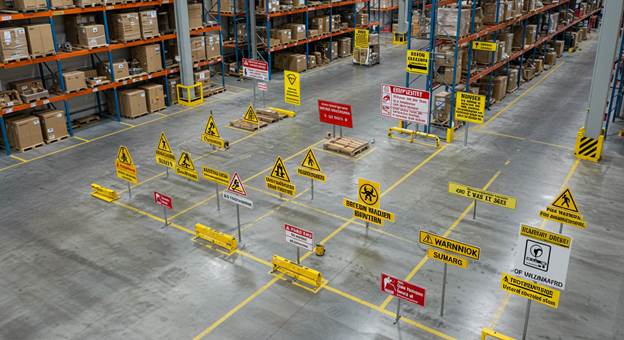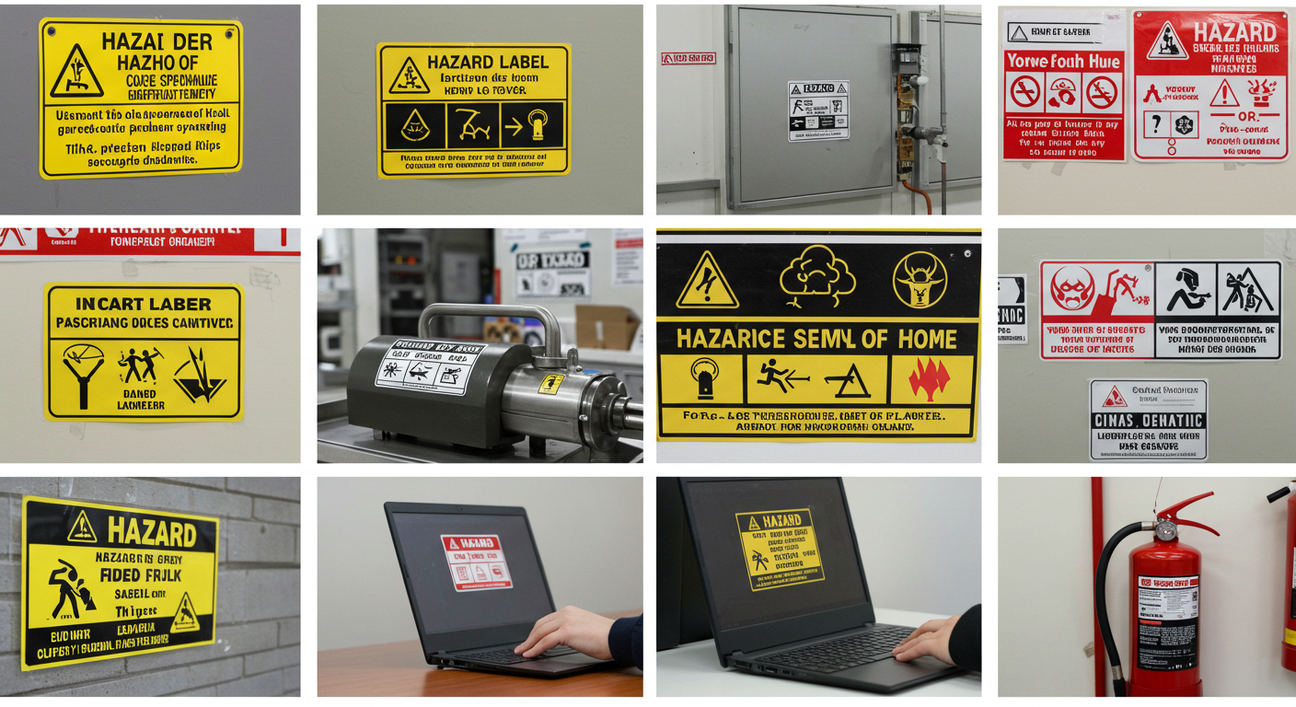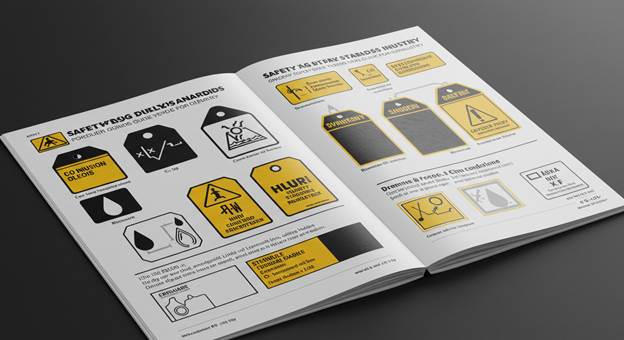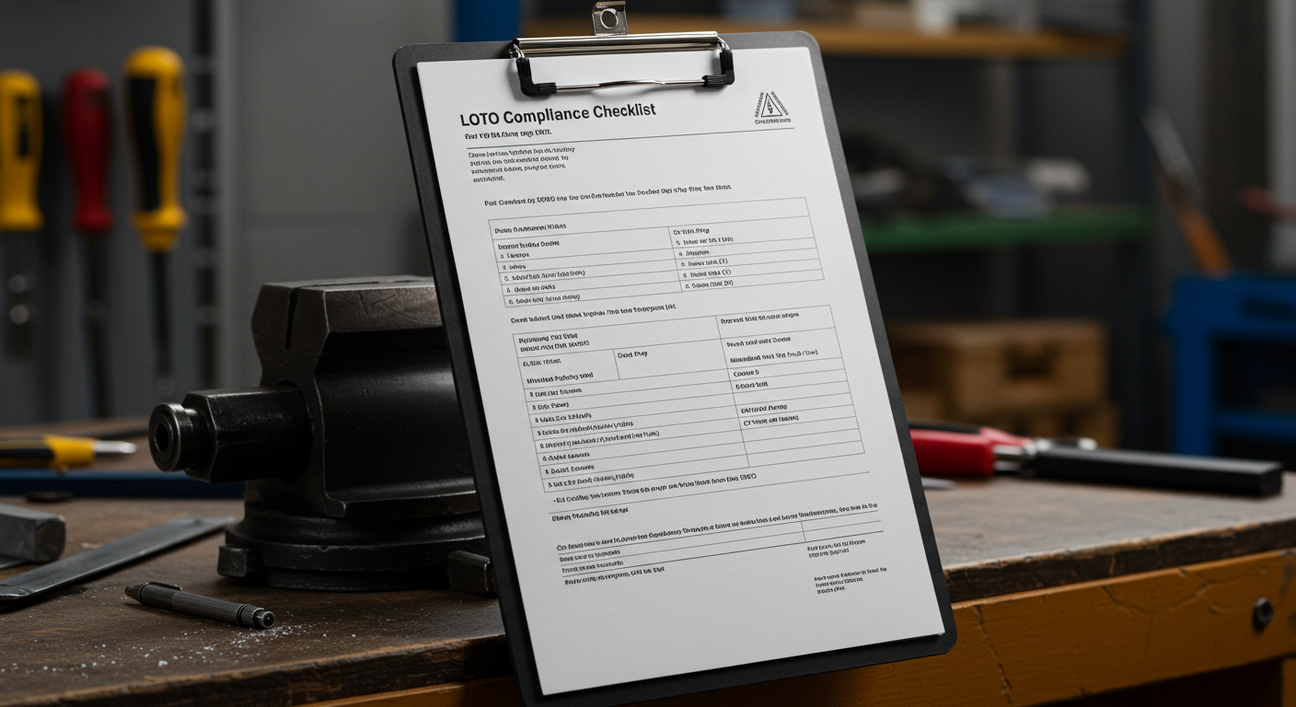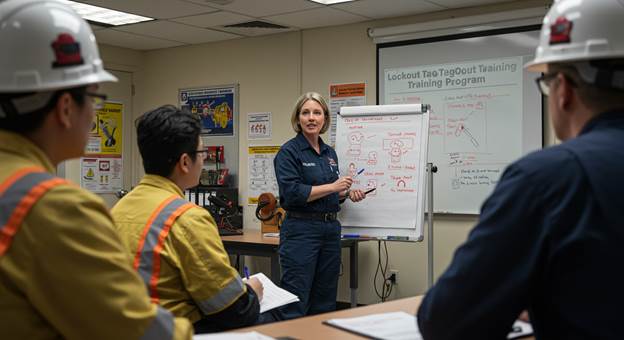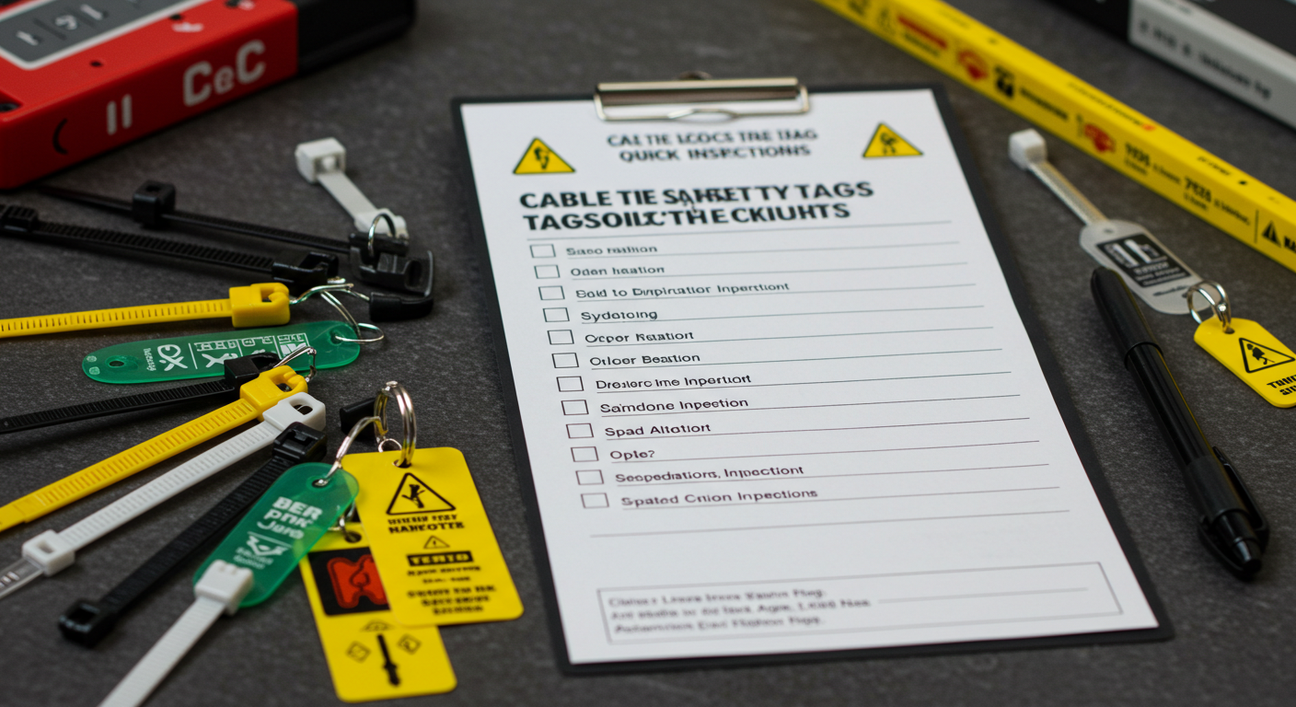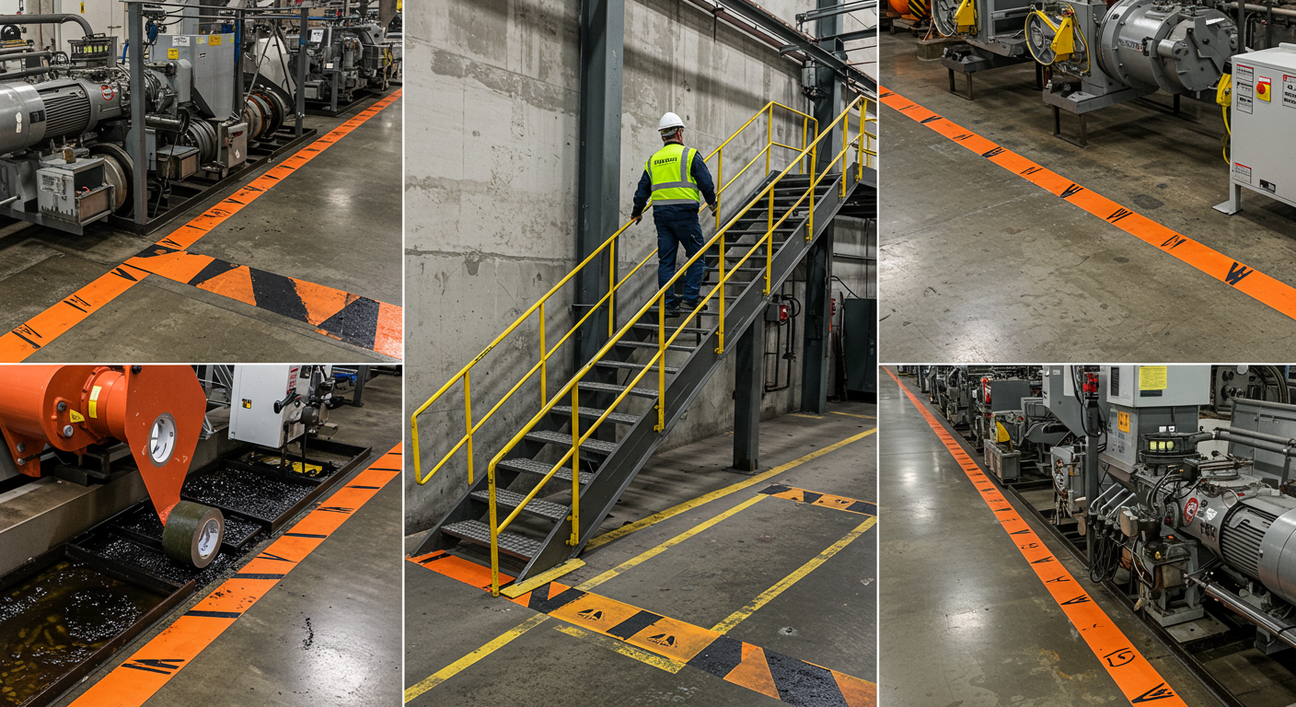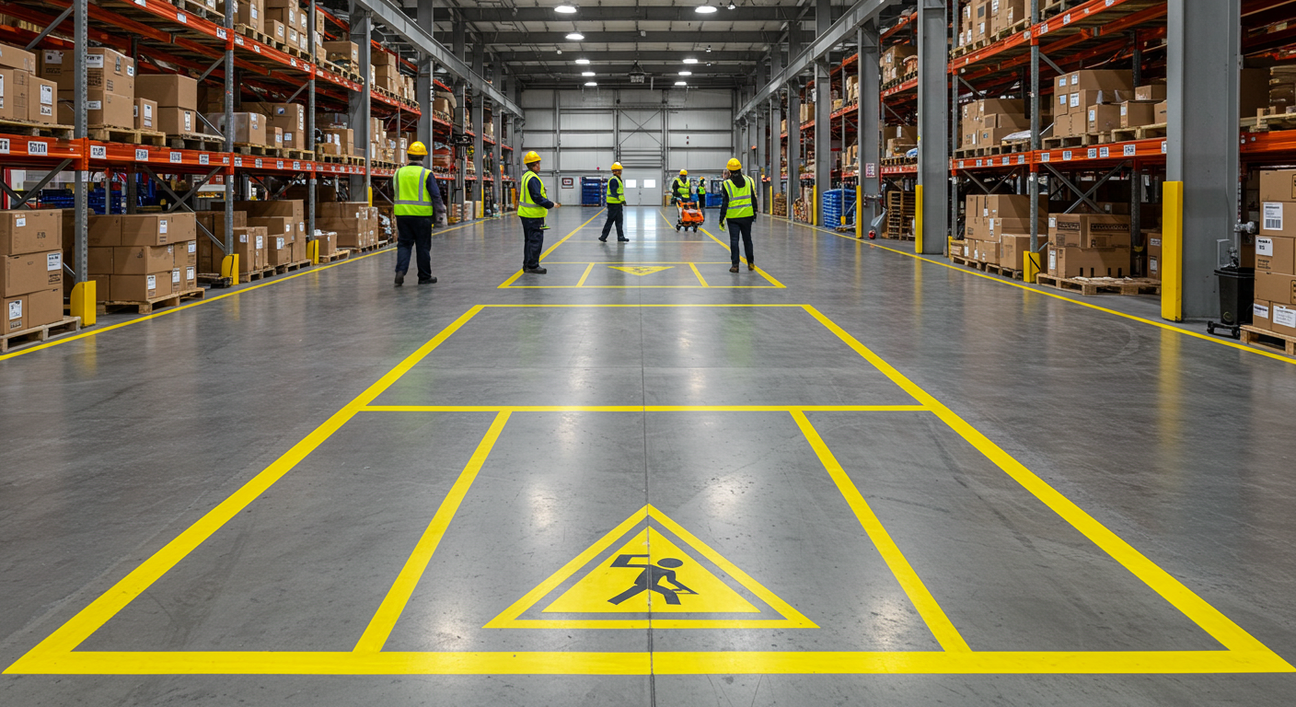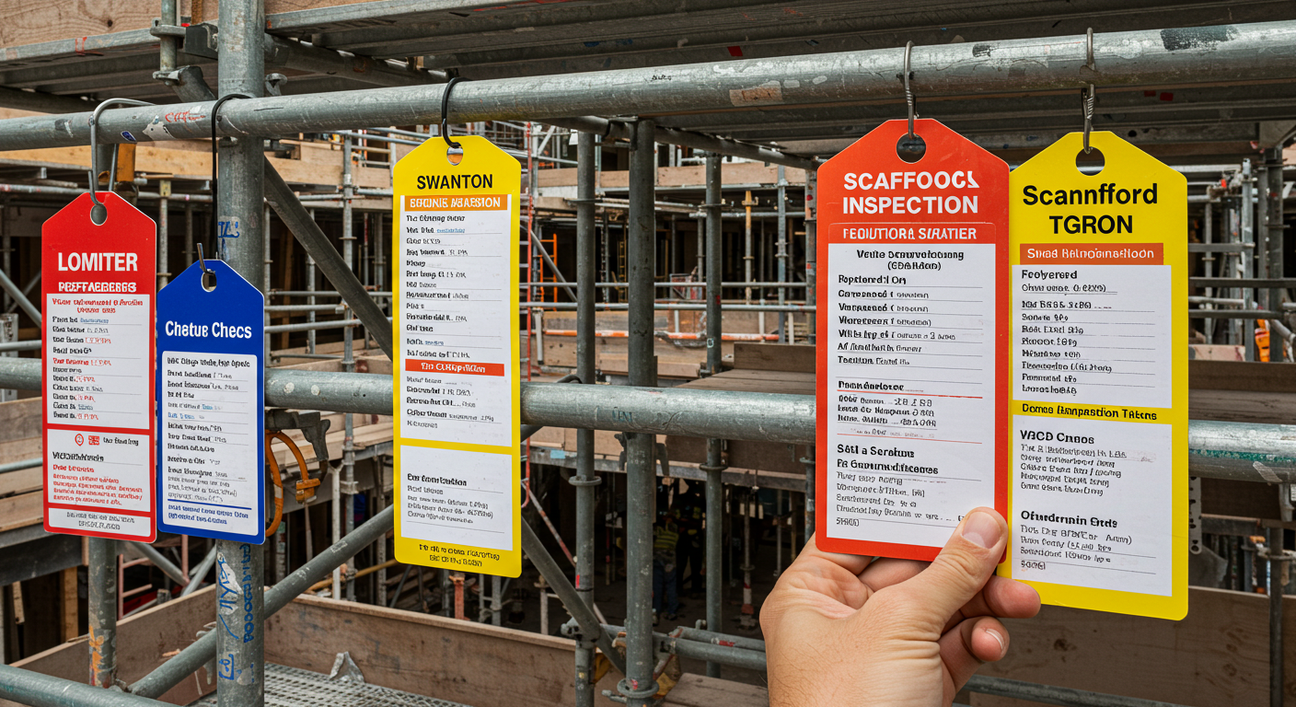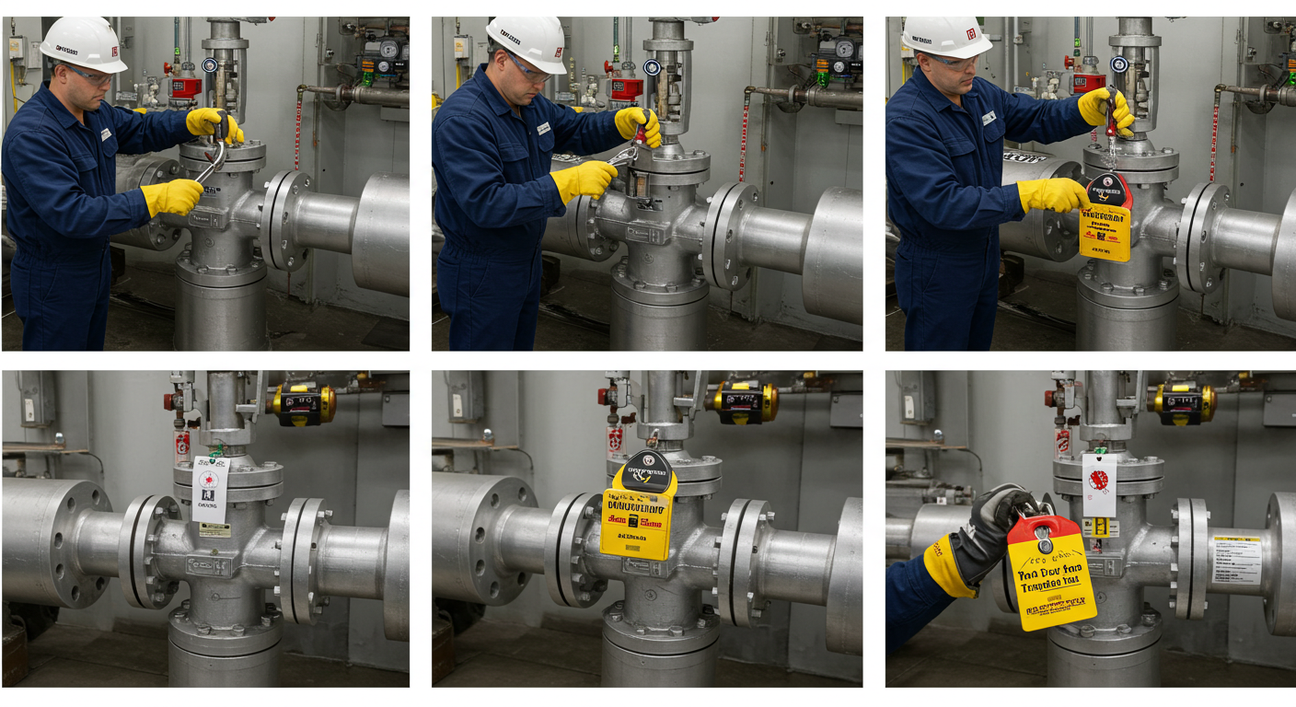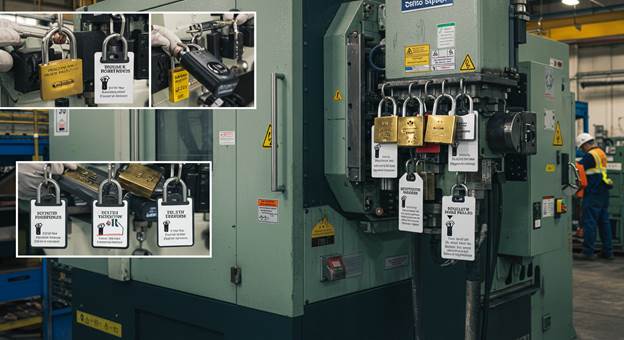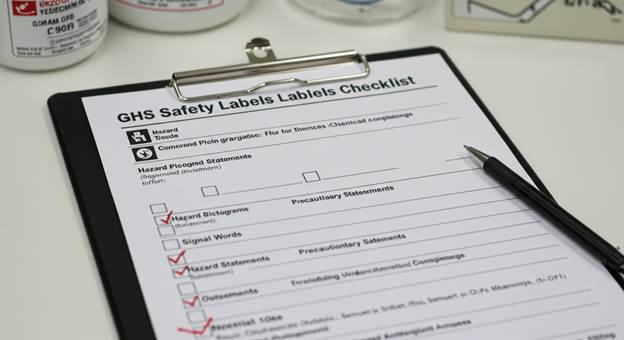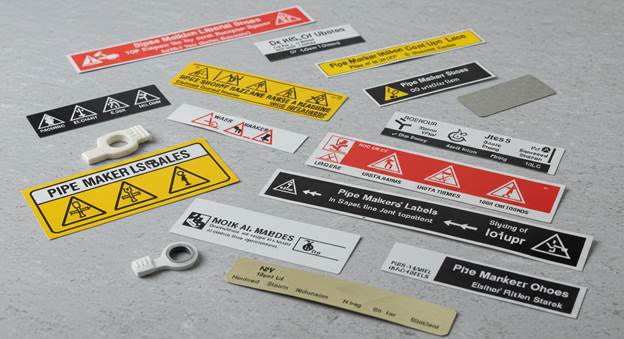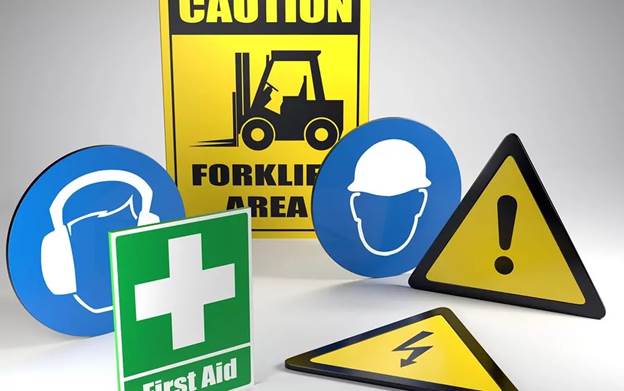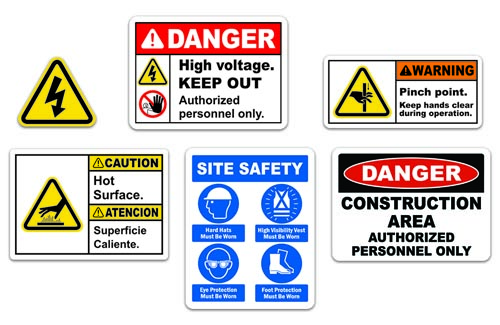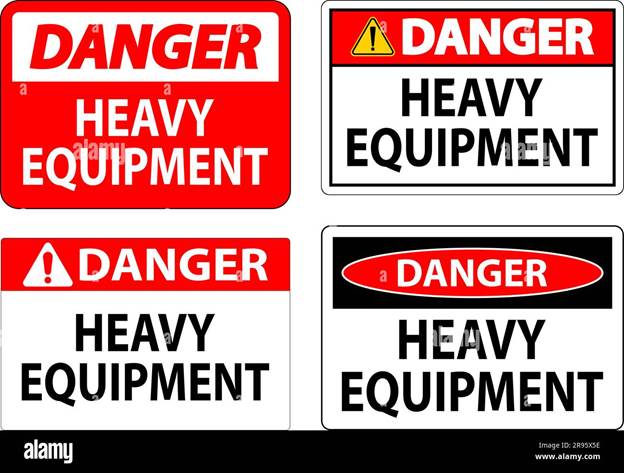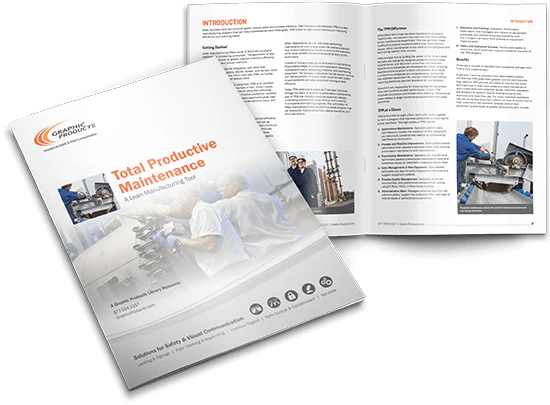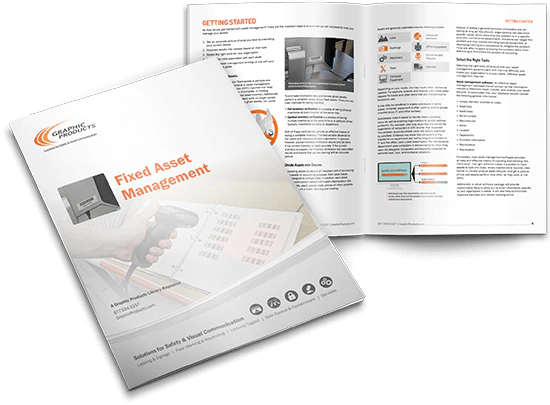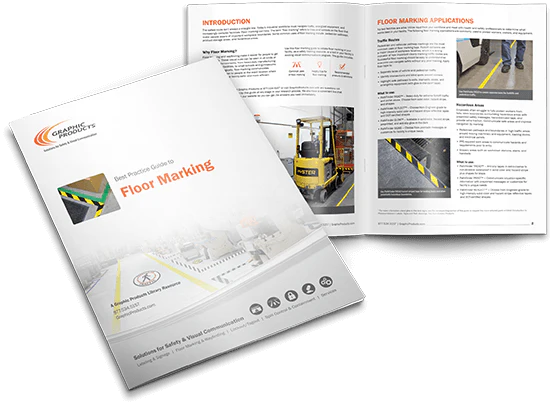Social Distancing Reference Guide: Tips for Public Safety
In the wake of the COVID-19 pandemic, social distancing has become a cornerstone of public health strategies across the globe. While social distancing guidelines have evolved, understanding the best practices for maintaining a safe distance in various settings remains essential. This Social Distancing Reference Guide will provide you with tips, essential tools, and a roadmap for creating safe environments in your workplace, public spaces, and homes.
In this blog, we’ll dive into the key principles of social distancing, offer practical tips for implementation, and highlight how you can make the most out of these strategies for long-term public safety. Additionally, we'll explore how Archford, a leader in safety solutions, is supporting businesses in implementing these safety practices.
1. Introduction: Why Social Distancing Matters
Social distancing refers to the practice of maintaining physical space between individuals to prevent the spread of contagious diseases. The primary objective is to limit close contact between people to reduce the likelihood of transmission. It’s a simple but powerful tool that helps keep communities safe.
While many countries have seen significant progress in managing the spread of the virus, social distancing continues to play a critical role in maintaining public safety, especially in areas where crowded spaces are common. Whether in offices, retail stores, or public transport systems, maintaining physical distance from others reduces the potential for airborne transmission of diseases.
By following these safety instructions and guidelines, individuals and organizations can contribute to the broader public health efforts that help protect vulnerable populations and reduce the strain on healthcare systems.
2. The Core Principles of Social Distancing
The essence of social distancing is ensuring a safe physical distance between individuals. The Social Distancing Reference Guide recommends that individuals maintain a minimum distance of 1.5 to 2 meters (6 feet) from others, especially in public places or when indoors.
This distance is particularly important in enclosed areas where air circulation may be limited. For instance, when waiting in line at a store or attending a public event, ensuring adequate spacing between individuals reduces the risk of transmission.
It’s also important to recognize that social distancing rules are not just about physical space—it includes practicing good hygiene, wearing face masks when necessary, and being aware of the overall environment. By integrating these rules, we ensure that everyone remains safe and health risks are minimized.
3. How to Implement Social Distancing in Public Spaces
Implementing social distancing in public spaces is essential to keep people safe. The Social Distancing Reference Guide outlines the following steps for effective implementation:
-
Clear Signage: Use visible signage, including floor markings, to indicate safe distances between individuals. These markings should be placed at regular intervals in places like grocery stores, public transport stations, and post offices.
-
Reorganizing Spaces: Modify the layout of public spaces to ensure there’s enough room between individuals. In restaurants or cafes, ensure tables are spaced apart, and in offices, desks should be moved to maintain a safe distance.
-
Crowd Control: In locations with high foot traffic, set up barriers or direct people to specific areas to reduce crowding. This is particularly important in areas like hospitals or event venues.
Archford offers an array of social distancing tools such as floor marking solutions and signage to help businesses implement these practices efficiently. For more details, you can refer to the Social Distancing Reference Guide offered by Archford.
4. Essential Tools for Maintaining Social Distancing
Implementing social distancing rules requires a combination of tools and strategies. Key tools for maintaining physical distance include:
-
Floor Markings: Use brightly colored floor markers to indicate safe distances. These are ideal for locations like retail stores, schools, and airports, where people are likely to congregate.
-
Physical Barriers: Install transparent barriers in places like checkout counters, customer service desks, and reception areas. These barriers provide an extra layer of protection while maintaining interactions.
-
Signage: Use clear, visible signage to communicate distancing requirements in various areas. Archford offers a variety of social distancing signage solutions designed to inform and remind individuals of the importance of maintaining physical space.
By integrating these tools, businesses and individuals can make sure social distancing is adhered to, reducing the risk of exposure.
5. Social Distancing in the Workplace: Guidelines for Safety
Implementing social distancing in the workplace is critical for ensuring the safety and well-being of employees. The Social Distancing Reference Guide emphasizes the following strategies:
-
Modify Workspaces: In offices, desks should be spaced at least 6 feet apart. Consider using partitions or cubicles to create additional barriers between employees.
-
Limit Contact: Use remote communication tools to minimize in-person meetings. For necessary interactions, ensure that employees maintain a safe distance.
-
Designate Safe Zones: In environments like factories or warehouses, establish designated areas for breaks and eating, with appropriate spacing to prevent crowding.
Archford provides a range of safety products, including floor markings and signage designed specifically for workplace environments. These tools can help businesses maintain compliance with public health guidelines and ensure that employees stay safe.
6. Common Mistakes to Avoid in Social Distancing Practices
Even with good intentions, there are several common mistakes that individuals and organizations make when implementing social distancing. Some of these include:
-
Ignoring Floor Markings: People may not pay attention to floor markers, which could result in crowding. Make sure to remind individuals to follow the guidelines.
-
Inadequate Signage: If signage isn’t clear or placed in visible areas, individuals may not know how to maintain proper distance. This is particularly important in places with high foot traffic.
-
Underestimating the Importance of Ventilation: Even with social distancing, poor ventilation can contribute to the spread of airborne viruses. Ensure that spaces are well-ventilated to reduce the risk of transmission.
Being aware of these mistakes and addressing them proactively can help ensure social distancing measures are followed correctly.
7. How Archford Supports Social Distancing Initiatives
Archford, a leader in safety products, provides businesses with essential tools to maintain social distancing. Their range of floor markings, signage, and barriers help companies implement effective social distancing measures in workplaces, retail environments, and public spaces. With Archford’s expertise and high-quality products, businesses can stay ahead of public health requirements and contribute to safer communities.
Explore More: Essential Guides for Workplace Efficiency and Safety
|
Guide |
|
|
5S Colour Code Chart: Visual Standards for Safety |
|
|
Ammonia Pipe Marking Chart: Identification & Safety |
|
|
Floor Marking Guide: Organize Your Facility Clearly |
|
|
Fixed Asset Management Guide: Track & Maintain Assets |
|
|
Social Distancing Reference Guide: Workplace Safety |
|
|
Facility Visual Communication Checklist Guide: Ensure Compliance |
|
|
Total Productive Maintenance Guide: Boost Efficiency |
8. Conclusion: Staying Safe and Informed
As we continue to navigate the challenges of maintaining public health, social distancing remains a fundamental tool in keeping ourselves and others safe. By following the tips outlined in this Social Distancing Reference Guide, we can contribute to reducing the spread of illness and ensure our communities remain protected.
Stay safe, stay informed, and always prioritize health and safety. For additional resources and products that can help implement these practices, Archford offers a wealth of solutions to support your efforts.
FAQs
-
What is social distancing and why is it important?
Social distancing involves maintaining physical space between individuals to reduce the spread of viruses. It's vital for minimizing close contact and preventing disease transmission.
-
How far should I stay from others for social distancing?
The general recommendation is to stay at least 1.5 to 2 meters (6 feet) apart from others, depending on local guidelines.
-
Can social distancing be practiced in all environments?
Yes, social distancing can be applied in virtually all settings, including offices, public areas, and retail spaces with proper adjustments.
-
What tools are useful for implementing social distancing?
Tools like floor markings, signage, and physical barriers are essential for maintaining proper distance in public and workplace settings.
-
How can Archford help in implementing social distancing?
Archford offers floor markings, signage, and barriers designed to help businesses easily implement and maintain social distancing in various environments.

